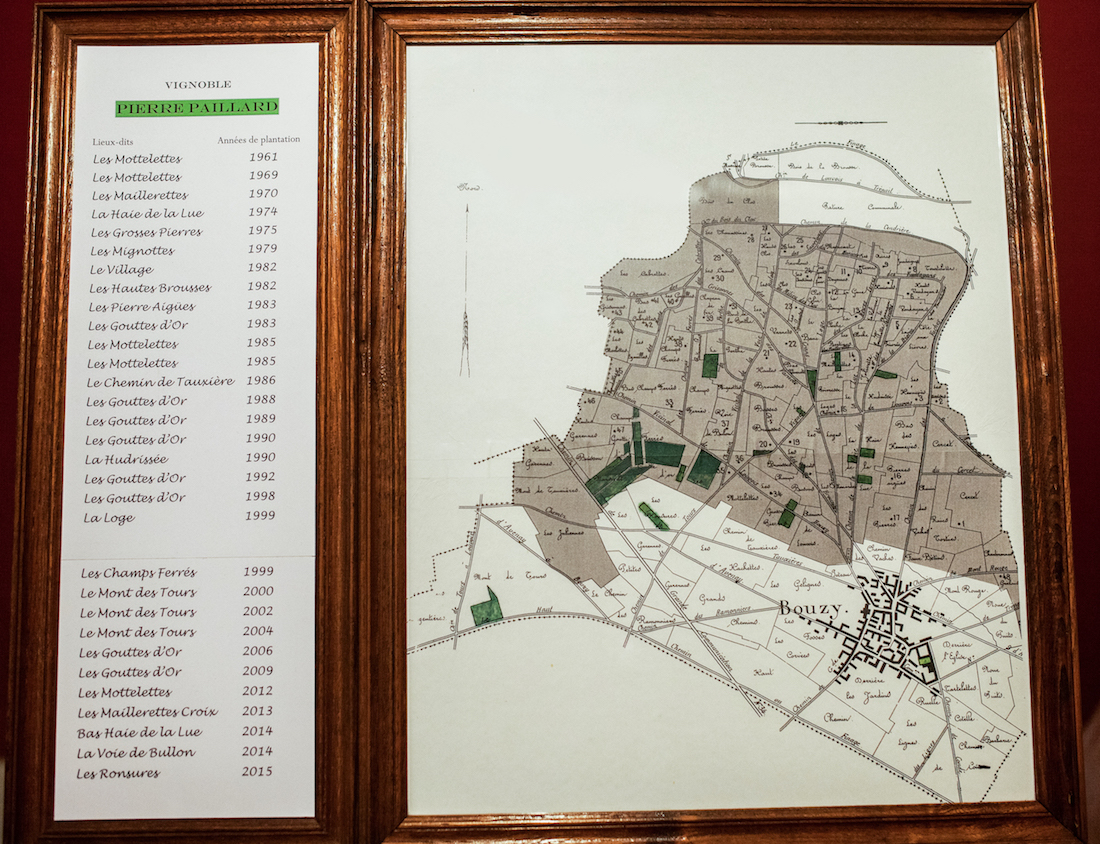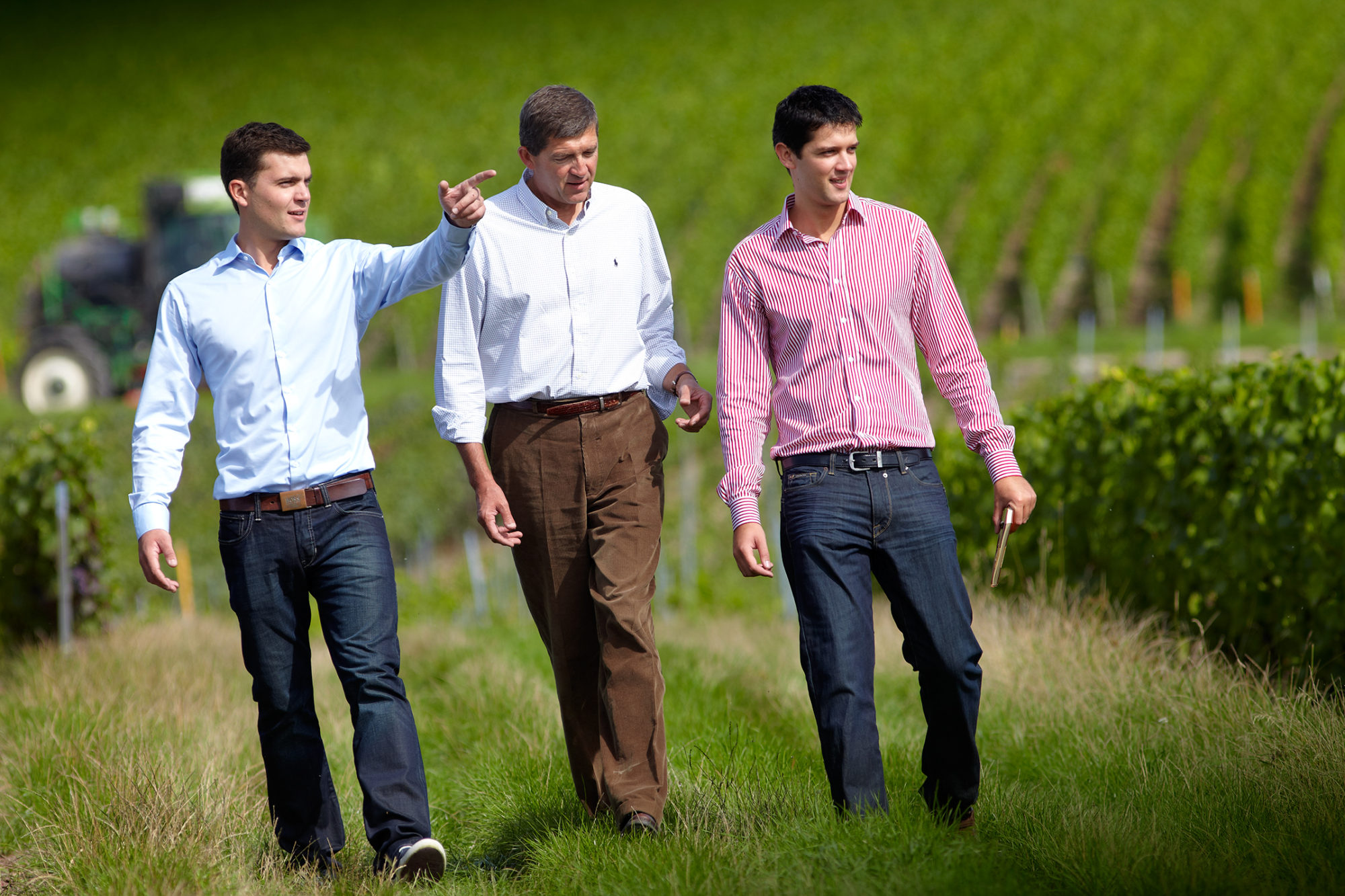Pierre Paillard
Champagne / France

At A Glance
Winemaker(s)
Antoine PaillardAppellation
Champagne (Montagne de Reims)Varieties
Pinot Noir, ChardonnayQuote
Family of grower champagne since 1768 in Bouzy.Their Story
Champagne Pierre Paillard’s history dates back 8 generations to 1768 in the Grand Cru village of Bouzy. The family’s domaine is now under the control of brothers Antoine and Quentin who represent the fourth generation to produce and bottle the wines under their family name. Their vineyards are divided into 28 parcels spread over 11 hectares on the prestigious Bouzy terroir. While Bouzy is known as a pinot noir village, 40 percent of their vines are chardonnay, as Antoine explained to us that is what his grandfather decided to plant. Antoine, who has officially taken over all growing and winemaking at the family’s domaine explains, “Everything starts by choosing the date of the harvest. This is the first vital decision which will influence our wines. Once again, it is a question of balance, the important ratio between sugar and acidity. So each plot is closely monitored and harvested at the best moment. The grapes are handpicked, sorted and prepared for a gently press.” The process at Pierre Paillard is slow and without formula as secondary fermentation occurs sur-lattes in their cave, 16 meters below ground for anywhere between 3 to 10 years. Dosage is kept low as the family believes their wines to be of nice balance after extended aging in bottle on the lees.

In the vineyards, the Paillards hold a strong belief in respecting the balance between the soil and the vine. The brothers began organic viticulture in 2011 and produce their own compost for fertilizer along with neighboring vignerons Georges Rémy and Benoît Lahaye. Yields are low and controlled at Pierre Paillard and all replanting is by sélection massale from two specific parcels (very rare in Champagne) depending on the grape variety: Les Maillerettes for pinot noir and Les Mottelettes for chardonnay. Each parcel is harvested separately by hand with the majority of the parcels vinified individually before blending of juice, if blending is to occur.
Pierre Paillard produces five cuvées; two non-vintage champagnes, “Les Parcelles” and “Les Terres Roses” (Rosé) and three vintage champagnes, “Les Maillerettes” Blanc de Noirs, “Les Mottelettes” Blanc de Blancs and “La Grand Récolte” which sees extended time in cellar on the lees and is only made during great vintages. They also produce vintage blanc and rouge Coteaux Champenois but production is extremely low and rarely exported.

Discover More Producers From Champagne
